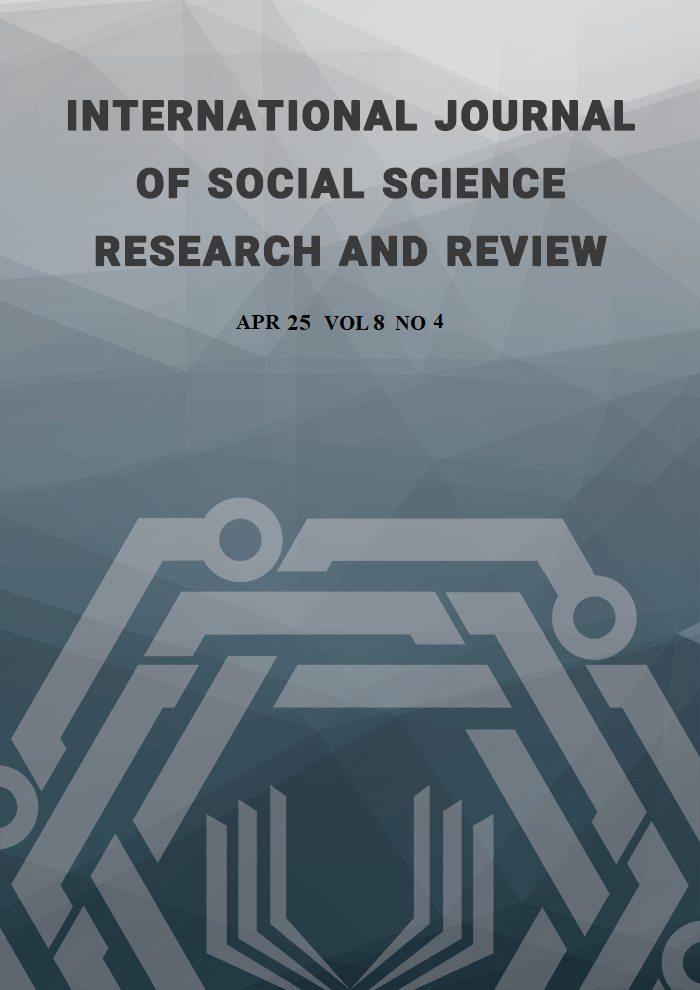Subjectivity, Identity and Education: The Temporal and Spatially Construction in the Teaching of History
Abstract
Social events and phenomena have their roots in the past and are inevitably projected into the future. Thus, the present forms a weak, subtle, imprecise temporal border. It needs the past to materialize since this is the only one that has already been. However, the past without the present would be worthless since the explanation given by either of the two is the result of the other, it is the result of the problems and questions that man has about his own time and the future. It is this reflection between the past, present, and future that gives meaning to temporality. Establishing a correct relationship between them must be one of the main purposes of teaching history since one of the basic foundations of the formation of temporality consists of having the ability to perceive and understand the historical dimension of reality.
References
Maestro H. P. Conocimiento histórico, enseñanza y formación del profesorado, Mc Graw Hill, 2001.
Galván Lafarga L. E. Teoría y práctica en la enseñanza de Clío, en La formación de una conciencia histórica, México, Academia Mexicana de Historia, 2003.
Hernández, V. Las constantes de la historia, versión mecanográfica, inédita. En: Díaz G. R. y col. La historia de la historia en la escuela primaria. Memoria Académica del Primer Congreso Latinoamericano de Ciencias de la Educación. UABC, 2010, pp. 113-149.
COLMEX, La Historia y su enseñanza en México. El Colegio de México, 2002.
Vilar, P. Pensar históricamente, Instituto Mora, 1998.
Pozo, J.I., Asensio, M. y Carretero, M. Modelos de aprendizaje-enseñanza de la Historia. En Carretero, Pozo y Asensio: La enseñanza de las Ciencias Sociales. Morata. 1989, pp. 211-240.
Stake E. R. Investigación con estudio de casos, Ediciones Morata, 2005.
Hernández SampierI y otros. Metodología de la investigación, McGraw-Hill, 1998.
Carr H. E. ¿Qué es la historia? Conferencias dictadas por Travelyan, Universidad de Cambridge, Ciencias Humanas Planeta Seis Barral, 1961.
Fogel, R. W., Elton, G. R. ¿Cuál de los caminos al pasado?: Dos visiones de la historia, Fondo de Cultura Económica, 1970.
Cooper, H. Didáctica de la historia en la educación infantil y primaria. Morata, 2002.
Booth M. Visionando espacios y viviendo en temporalidades, Duke University Press, 1987.
Benejan P. y Pagés J. Enseñar y aprender ciencias sociales, geografía e historia en educación secundaria Tercera Edición, I.C.E. Universitat Barcelona, 2002.
Carretero, M. & Kriger, M. La enseñanza de la historia en la era global. En M. Carretero & F. Voss (Comps.), Aprender y pensar la historia, Amorrortu, 2004, pp. 71-98.
Valls, E. Los procedimientos, su concreción en el área de la Historia. En Cuadernos de Pedagogía. Num. 168. 1990.
Elizalde. L.L. El Pensamiento Didáctico del profesor de primaria, respecto a la enseñanza de la Historia, UNAM, 2002.
Stake E. R. Research with case studies, Editions Morata, 2005.
Quiroz Fragoso, J., Pérez Maya, C. J. (2024). Construction of individual and collective identity during tutorial accompaniment at the university: the agony of potentiality. Revista Conrado, 20(100), 346-354.
Copyright (c) 2025 Jennifer Quiroz Fragoso

This work is licensed under a Creative Commons Attribution-NonCommercial-NoDerivatives 4.0 International License.
Copyright for this article is retained by the author(s), with first publication rights granted to the journal. This is an open-access article distributed under the terms and conditions of the Creative Commons Attribution license (https://creativecommons.org/licenses/by-nc-nd/4.0/).





